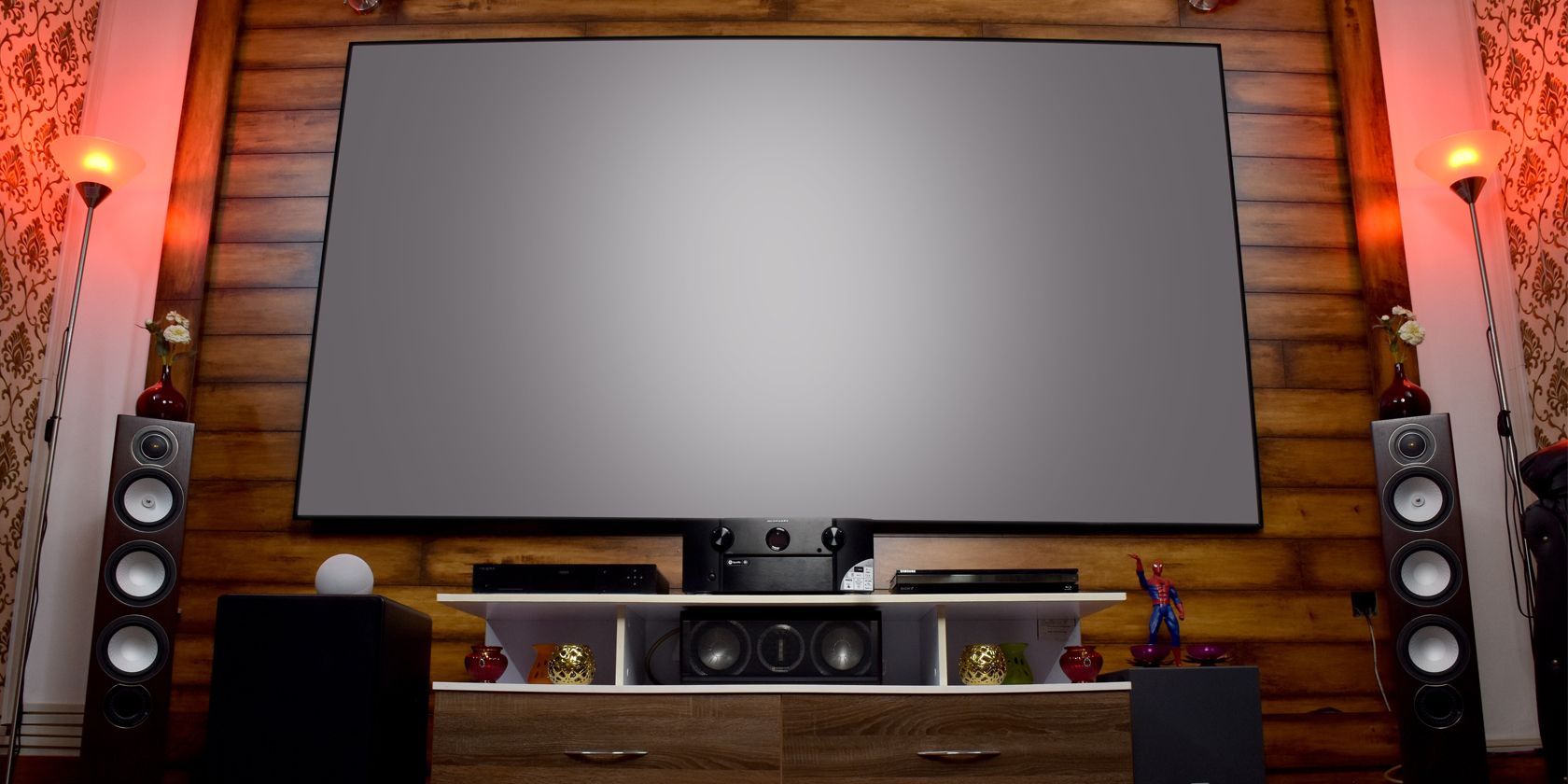Building a home cinema can be an exhilarating journey, transforming an ordinary room into a magical space where you can enjoy films, games, and shows in comfort. For many, it stands for not just an investment in technology, but an enhancement of lifestyle, offering a unique way to gather with family and friends. However, the process of home cinema installation involves much more than simply buying a projector and a sound system. Key elements such as room layout, acoustic treatments, and lighting play critical roles in achieving that best movie-watching experience.

Understanding the nuances of home cinema setup will guide you in making wise decisions, whether you choose to go the DIY route or enlist professional help. With so many components to consider—from selecting the right projector and sound systems to improving sound quality with acoustic treatments—each aspect contributes critically to the overall ambiance and functionality of your home theater. In this article, we will explore the role of acoustic treatments in home cinema installation and why they are essential for elevating your viewing experience.
Essential Considerations for Residential Cinema Setup
As you planning your personal cinema setup, the first action is to evaluate the room available. Take into account the room's dimensions, configuration, and existing features. An ideal home theater should have ample space for couches, a display, and gear while preserving an appropriate viewing distance. Make certain that the space can be sufficiently darkened to enhance the viewing experience and that there is proper electrical capacity for your multimedia setup.
Next, consider the sound management that will greatly influence sound quality. Hard surfaces like the walls and the floor can reflect sound waves, resulting in unwanted echoes and rendering it achieve high-quality audio. By adding soundproofing materials, rugs, and curtains, you can create a better sound space, making sure that conversations and sound effects are crisp and immersive. The layout of the room should also be optimized for sound flow, with seating positioned to form an effective listening triangle with the audio sources.
Lastly, don't neglect the significance of wiring and cable management. look at more info and arranged setup not only looks polished but also enables easier maintenance and subsequent upgrades. Develop your discreet wiring strategy meticulously to avoid mess and secure safety. Think about whether you want to invest in hardwired or cordless options for AV connections, as this can influence both installation complexity and the performance of the system.
Choosing Components for Peak Output
Selecting the appropriate components for your home cinema system is essential to achieving optimal performance. Start with the projector, as it's the centerpiece of your visual experience. Look for attributes that support 8K resolutions to ensure vibrant image quality and sharp details. Additionally, consider the lumens and contrast levels, as these will dictate how well the projector performs in different lighting conditions. A good projector can make a significant difference in the overall experience of your home theater.
Next, focus on your audio system. Surround sound systems are a crucial element in creating an captivating experience. Examine the space you have available and choose a system that fits. Whether you opt for a compact speaker system or a multi-speaker arrangement, make sure to select components that support advanced audio formats. Think about how speakers are arranged and room dynamics, as these considerations will impact how sound travels and envelops the space, enhancing the immersion of what you watch and listen to.
Finally, take into account the arrangements of seats and other accessories that enhance a true cinema experience. Comfortable seating is essential for long movie nights; look for luxury seats or premium seating that provide good support and visual access to the screen. Add audio enhancements, such as sound-absorbing panels or bass traps, to further optimize acoustic performance. By carefully choosing each component and setting them up with attention to detail, you can create a home cinema that competes with the commercial experience.
Augmenting the Home Theatre Encounter
To genuinely elevate your home cinema experience, sound treatment serve a vital role in optimizing sound fidelity. By managing sound echoes and minimizing echoes, these solutions produce a more engaging sound experience. Common approaches include acoustic panels, bass traps, and noise-reduction materials that can be carefully arranged to enhance definition and depth of the audio. Allocating resources towards proper sound treatments can significantly boost the overall viewing experience by guaranteeing that dialogue is clear and sound effects are impactful.
In alongside audio fidelity, illumination can significantly influence the atmosphere of your home theater. Controllable lighting enables you to establish the perfect ambiance, whether you're hosting a movie night or enjoying a peaceful film by yourself. Modulatable lights or smart lighting systems can be programmed to modify brightness based on the type of film being watched. This combination of sound and lighting not just improves your viewing but also assists set the mood, making every film feel like an experience.
To wrap up, seating options are crucial to ease and satisfaction during extended movie viewings. Investing in high-quality, ergonomic seating will make a significant difference. Choices such as reclining chairs provide support and enhance the movie enjoyment. Additionally, consider the layout of your chairs in relation to the display to avoid neck strain and ensure that each viewer has an ideal line of sight. By focusing your efforts on audio, lighting, and seating, you can transform your personal theater into a truly engaging space.
